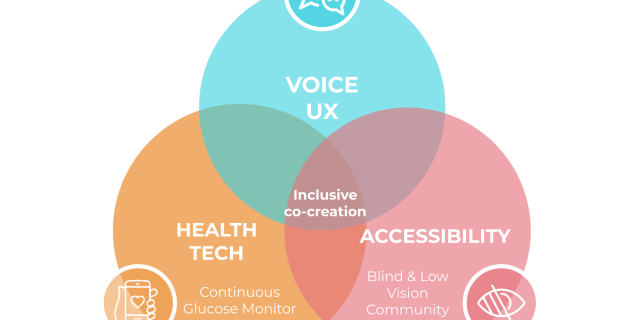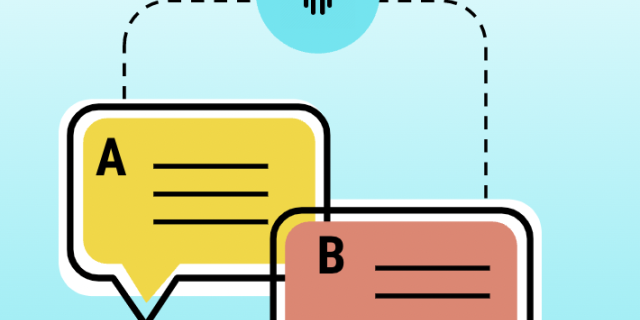User experience or ‘UX’ has finally hit mainstream for companies of all types and sizes. It’s the new corporate buzzword these days. There is a scrappy, almost desperate attempt by companies who’ve previously allowed these “just ok” experiences to survive who are finally being forced to put strategic focus (along with budgets and resources) to make focus on the entire experience where the digital portion is not just a component, but the core.
UX research goes into the actual context of people’s lives to help gather insights, data and give a very an honest look at what really needs to happen to allow organizations transform and succeed. It fills a gap of qualitative research where traditional methods of market research is reliant on focus groups and surveys — telling you what is happening, giving you opinions and feedback, but not really getting into the why.
We’re not getting into the emotional aspects of the experience that truly matters.
Companies are moving into a product-centric focus where formerly brand experience ruled. Now it is more than the promise that entices. It is the value and meaning of product or service has over time, and the value that it brings into an individual’s lifestyle is the key success factor.
UX design and research has been intermingled for over a decade. At least. Successful Interface design requires a customer-centered focus, and iterations of design and testing to continuously improve the experience. UI and UX have been intermingled for a long time. We are in a new era where the customer is truly the central focus of all strategic endeavors.
It’s been called the “Age of the Customer” and is merging UX into this larger overarching strategic world of Customer Experience (CX). It can get confusing at times.
UX researchers are coming out of schools in droves. These researchers are trained to focus on areas of design and observation at and expertise level that has not been seen before. Although the training is intense, and focused — most still lack the kinds of hands on wisdom but only time and experience can bring.
In the current industry usability and A/B focused researchers are now exiting lab environments and realizing that true 1:1 customer observation, in context, is the only way to truly understand (what is being called) the omni-channel experience.
In the CX or customer experience space this is called the”age of the customer.” This transition from traditional user experience focusing on the interface level of product design to the strategic level of a product experience coincides with CX or customer experience moving from a higher level of brand to a customer-centric focus.
There are terms that are important to understand as we merge processes, expertise and strategy from both marketing/CX and product/UX perspectives. In this video we will be using the term UX or user experience to define all touch points that a customer has with the product or service.
Why Rapid UX Research?
Companies are constantly searching for the next buzzword, the process to make their product success in the marketplace. In the early days, it was web 2.0 that changed everything. Then Agile and SCRUM methods hit the development side of the equation and companies realized there must be a better way.
Businesses started to take note and business processes starting with lean start up again lean has become a language that all areas of businesses could relate to. In the last several years, user experience/UX has risen from product level interface to a higher cross-channel experience.
Understanding the customers behaviors, attitudes and beliefs, used to be a nice to have category with separate budget and timeline attached. Now, it is an essential an integrated part of the overall process — not just lead generation but ongoing use an eventual lifestyle integration.
This chart shows the difference between what people think they want and what they really need. The side shows the emotional and practical sides of the user experience with the left focusing on the implicit or underlying needs and behaviors that a person may or may not be outwardly aware of. The bottom really focuses on the explicit behavior — what people are aware of.
We move from what people think they know through focus groups surveys and big data which forms patterns and gives a sense of what’s happening it as we move up the ladder we get into why it’s happening and what it means. Shifting the equation from evaluating the situation to generating new concepts and ideas really moves the information and data that were receiving into stories that move, are meaningful, and have value.
What is UX Research?
UX research is a method of analysis that enables companies understand how well their products meet the needs of their customers. There are several methods of conducting user research depending on the business questions that are being addressed and also the stage of your product as it goes through development to launch.
All methods we discuss in these videos allow researchers to gain a deeper understanding of customers’ needs around the product space and cover their actual usage of products in order to inform design strategy and decisions that will better meet their needs.
David Sherwin says “user research helps us understand how other people live their lives so that we can respond more effectively to their needs with informed and inspired design solutions.”
Mike Kuniavsky says “UX research is the process of understanding the impact of design on audience.”
This research is also known as UX research or design research. It is different from market research however as we’ll learn in these videos is complementary to information being collected by all areas of the business.
Why do User Research?
Connect user research what the company shift the focus of the design direction assess their competitors prioritize features improve the usability of existing products and learn from the people they’re designed for.
While website analytics and focus groups addresses the question of what people do, user research — including diary studies surveys in-depth interviews and contextual research — delve more deeply into the reasoning behind why they take the actions they do is research allows us to understand what people think and how people truly live.



